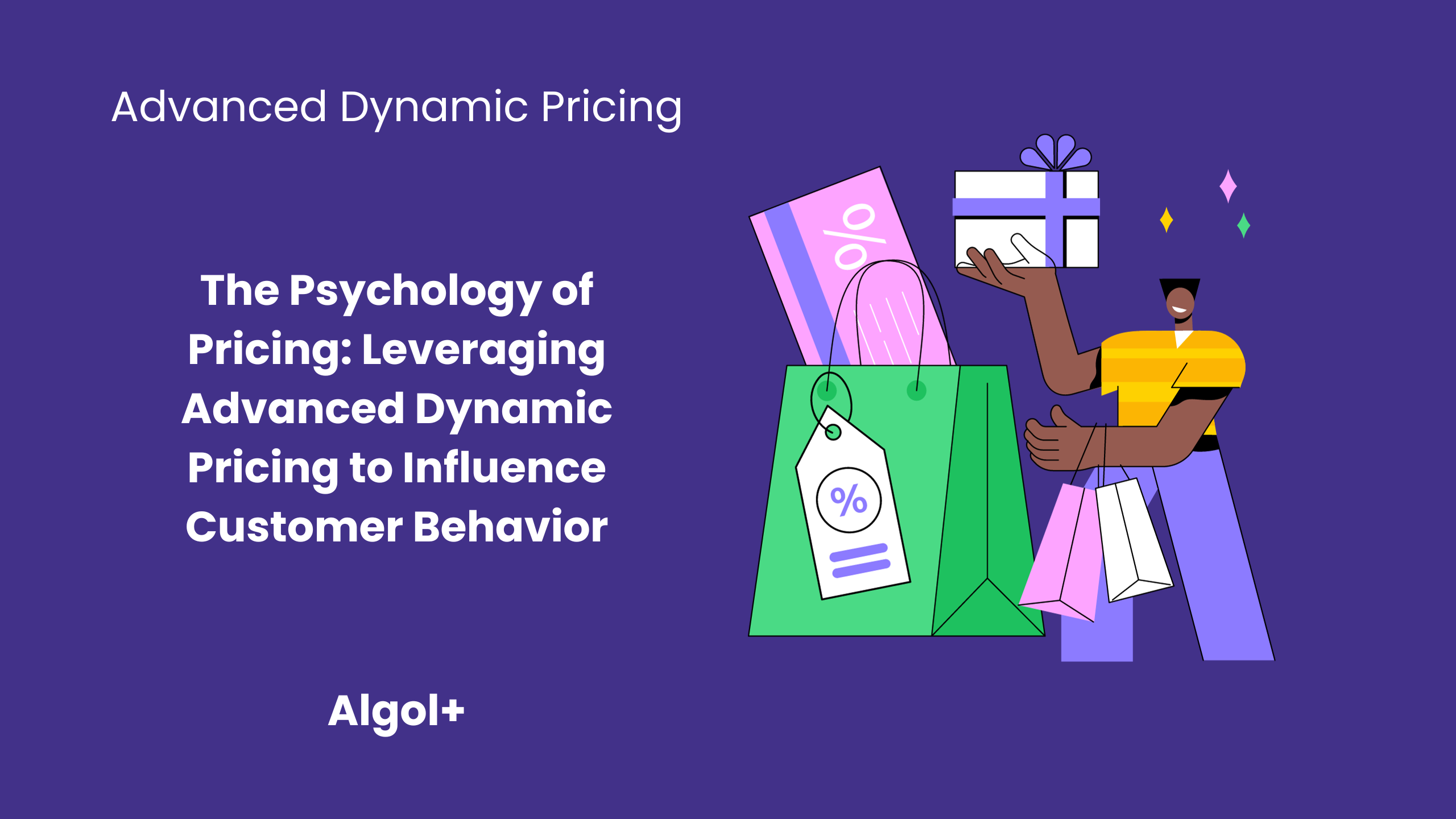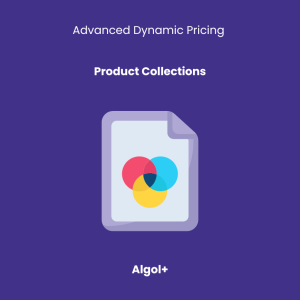The Psychology of Pricing: Leveraging Advanced Dynamic Pricing to Influence Customer Behavior
Table of Contents
The psychology of pricing is a complex and fascinating aspect of consumer behavior. It involves understanding how customers perceive and respond to different pricing strategies, and how these strategies can influence their purchasing decisions. At its core, pricing psychology is based on the principle that humans are not always rational when it comes to making purchasing decisions. Instead, our emotions, biases, and past experiences all play a role in how we perceive and value a product or service. In this article we will explore the psychology of pricing and how it can be used to influence customer behavior via Advanced Dynamic Pricing.
Artificial time constraints
Definition. Artificial time constraints refer to creating a sense of limited time availability for a product or service. This can be done through various means, such as limited-time offers, flash sales, or countdowns on websites. The idea behind this strategy is to tap into consumers’ fear of missing out (FOMO) and their desire for instant gratification.
Rule in Advanced Dynamic Pricing. You can create a temporary limited offer using the advertising settings. Let’s say you have the following rule: 15% discount on accessories.
Add a “Advertising” block to this rule. Write a title, long and short message. Don’t forget to turn on the timer.

The appearance of advertising can be changed in Settings>Advertising.
Note: feel free to read about advertising here and here.

Charm Pricing
Definition. The concept of charm pricing is based on the psychological principle of the left-digit effect. This refers to the tendency of individuals to pay more attention to the left-most digit in a number and to perceive prices ending in 9 as significantly lower than those ending in 0. For example, a product priced at $4.99 is perceived as being closer to $4 than $5, even though the actual difference is only one cent.
Rule in Advanced Dynamic Pricing. We have a “5 dollar discount on album” rule, but we want the price not to be round. What should I do?
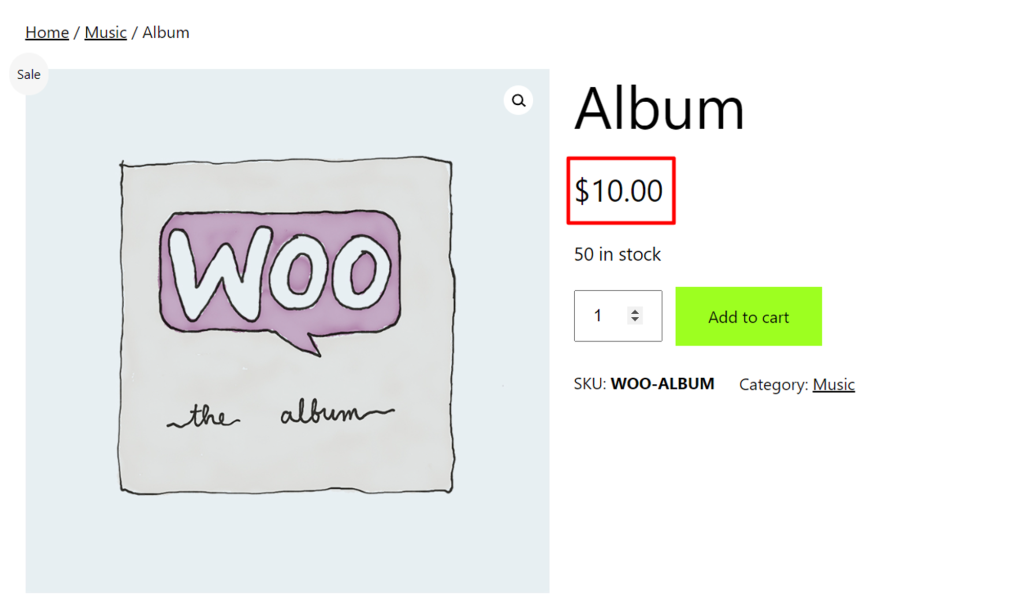
Go to Settings>Calculation and tick “Override the cents on the calculated price”. So the product now costs one cent less.
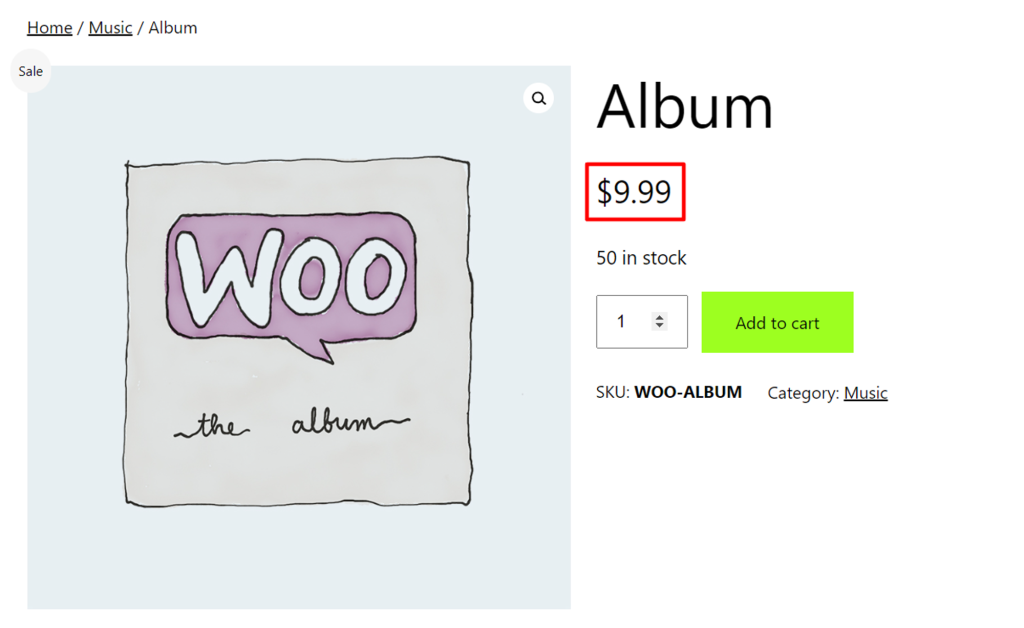
Decoy Pricing
Definition. The human brain is wired to make decisions based on comparison. When presented with multiple options, we tend to evaluate and compare them based on their features, benefits, and prices. Decoy pricing takes advantage of this cognitive bias by introducing a third option that is positioned to make the other options seem more appealing.
For example, a coffee shop offers a small, medium, and large size for its coffee. The small size is priced at $2, the medium at $3, and the large at $4. Most consumers would naturally opt for the medium size, as it seems like the best value for money. But if the coffee shop introduces a decoy option, say a super large size for $5, the medium size suddenly seems like a better deal in comparison. This makes consumers more likely to choose the medium size, even though they may have initially opted for the small size.
Rule in Advanced Dynamic Pricing. Let’s implement the coffee example using hot dogs. Let’s say that a small hot dog usually costs $1, a medium one $2, and a large one $3. Change the price of the medium one so that the big one seems more profitable – we’ll increase the price by a dollar.
First of all, let’s create a product collection. It will take into account that we discount by attribute (medium) and product (hot dog).
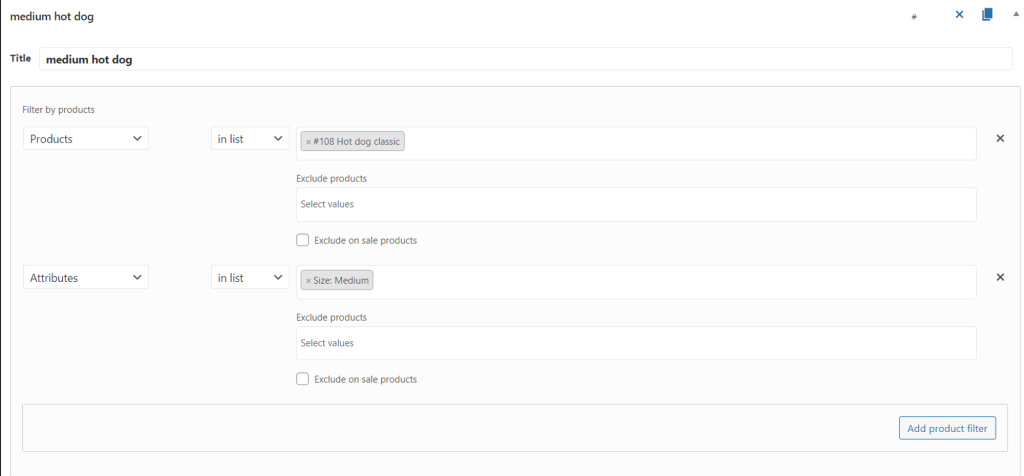
Create the following rule (Product discount). Let’s select a filter by collections (medium hot dog). Set a fixed price of $2.5.
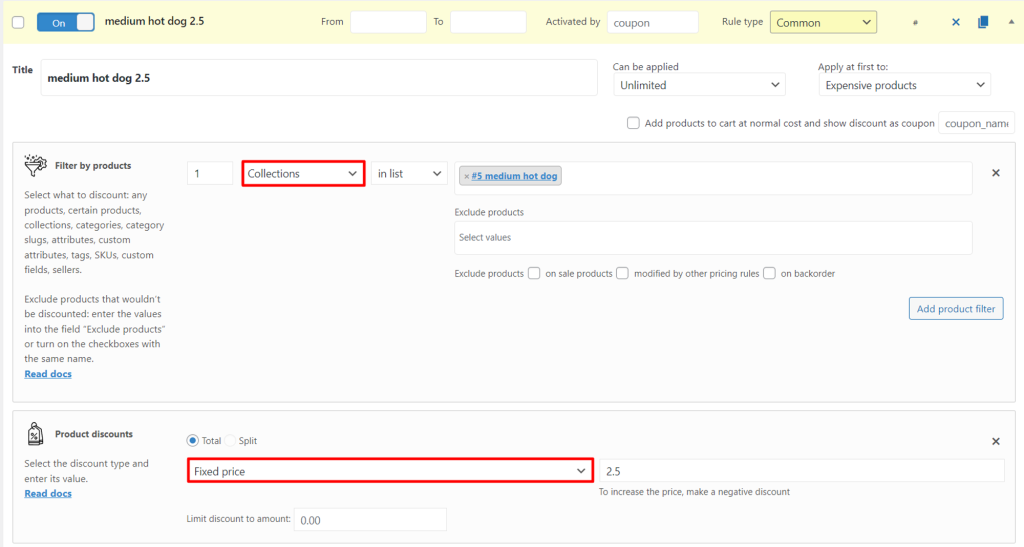
Innumeracy
Definition. In today’s world, where numbers and calculations are a part of our daily lives, it may be hard to believe that innumeracy is a prevalent issue. However, studies have shown that a significant portion of the population struggles with even basic numeracy skills. This has a significant impact on how people perceive prices and make purchasing decisions.
Aspect of innumeracy that affects our perception of prices is our inability to accurately compare and evaluate numbers. For instance, most consumers struggle to understand the difference between a 50% discount and a 33% discount. While the former may seem like a better deal, the latter actually offers a higher percentage of savings. This lack of understanding and ability to process numbers can lead to consumers making decisions based on false perceptions of value.
Rule in Advanced Dynamic Pricing. Another example would be bogo: buy any product and get a free cap. Do you agree that it is more profitable for a business to use this offer rather than the usual 50% discount for the entire store?
Choose the BOGO template. Filter by products type is an Any products. In the Gifts section we indicate the cap.


Context principle
Definition. The context principle is a psychological phenomenon that dictates that people do not evaluate prices in isolation, but rather in relation to other prices or information they have been exposed to. This means that the perceived value of a product or service is heavily influenced by the context in which it is presented.
For example, a car dealership may advertise a car for $25,000 and then say that it is $10,000 less than the manufacturer’s suggested retail price. This makes the car seem like a good deal, even though the actual price is still high.
Rule in Advanced Dynamic Pricing. You can create context by crossing out the old price. To do this, go to Settings>Product Page and turn on Show striked price on product page.
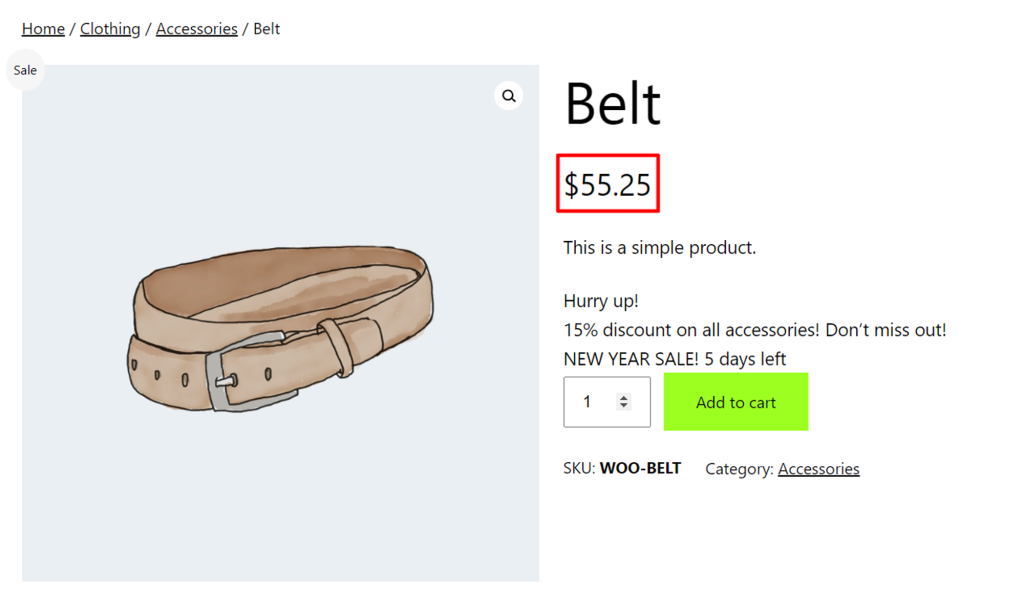

In conclusion, pricing is not just about setting a number for a product or service. It is a complex process that involves understanding the psychology of customer behavior and using strategies to influence their perception of value. However, it is important to keep in mind that pricing psychology is not about tricking or manipulating customers, but rather understanding and catering to their natural thought processes and behavious. By utilizing this knowledge ethically and strategically, businesses can create a win-win situation for both themselves and their customers.
